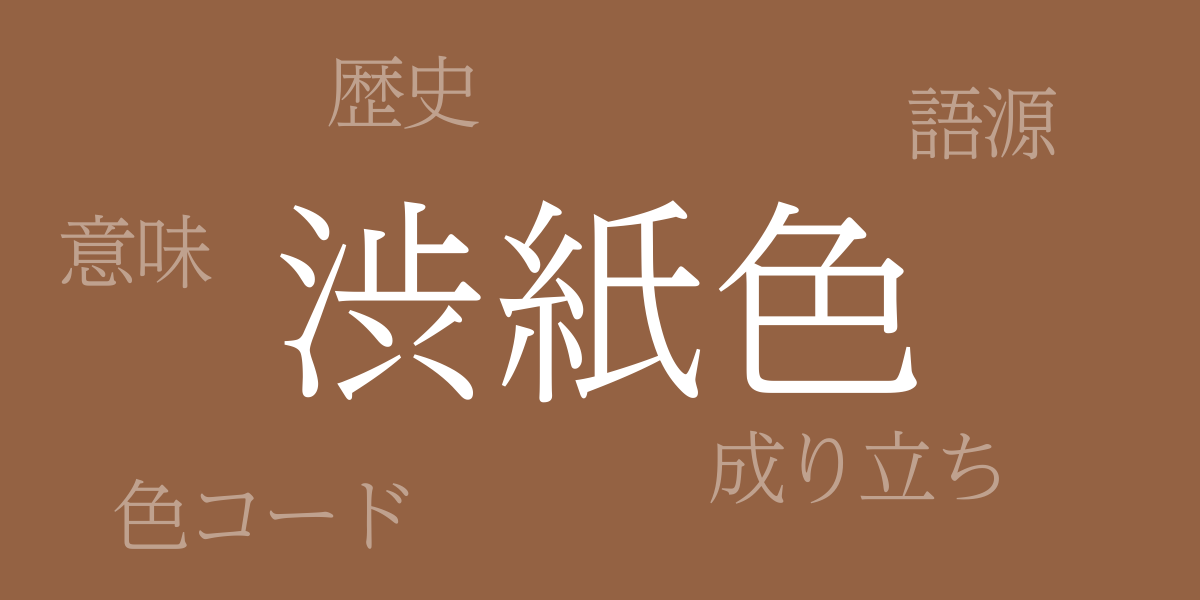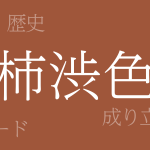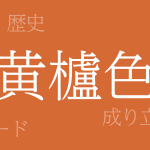Japanese colors reflect the culture deeply, admired worldwide for their subtlety and depth. Among them, “Shibugami-iro” (渋紙色 – しぶがみいろ) stands out with its astringent yet warm hue, making it one of the most intriguing traditional Japanese colors. This article delves into the allure of Shibugami-iro, exploring its history, color codes, Western name, and the significance behind this captivating color.
About Shibugami-iro (渋紙色 – しぶがみいろ)
Shibugami-iro (渋紙色 – しぶがみいろ) is a traditional Japanese color, characterized by a subdued reddish-brown. This color, often found in nature and traditional crafts such as washi (Japanese paper) and woodworking, evokes a sense of wabi-sabi (aesthetic of imperfection). Shibugami-iro is incorporated in modern fashion and interior design, continuing to influence contemporary aesthetics.
The History of Shibugami-iro
The history of Shibugami-iro is long and intertwined with Japanese history. It was already in use during the Heian period, evident in ancient documents and paintings. By the Edo period, it became popular among samurai and townspeople, appearing in clothing and everyday items. Shibugami-iro has been cherished for expressing the seasonal transitions in Japan.
Color Codes for Shibugami-iro
Accurate color reproduction in digital design and web production is crucial, making color codes essential. Here are the color codes for Shibugami-iro:
- HEX: #946243
- RGB: R:148 G:98 B:67
- CMYK: C:48 M:67 Y:79 K:7
Western Name for Shibugami-iro
The Western name for Shibugami-iro is often “Bitter Chocolate”. This name reflects the deep brown hue reminiscent of dark chocolate, a common association in the interior and fashion industries in the West.
Conclusion on Shibugami-iro
Shibugami-iro symbolizes the beauty of Japanese tradition and nature, captivating many with its profound shade. It has been cherished throughout history and remains valuable in today’s design world. Using its color codes, Shibugami-iro can be precisely replicated digitally, and its Western name ‘Bitter Chocolate’ helps enhance its international appeal. Shibugami-iro continues to be beloved for its ability to evoke traditional Japanese aesthetics.

























